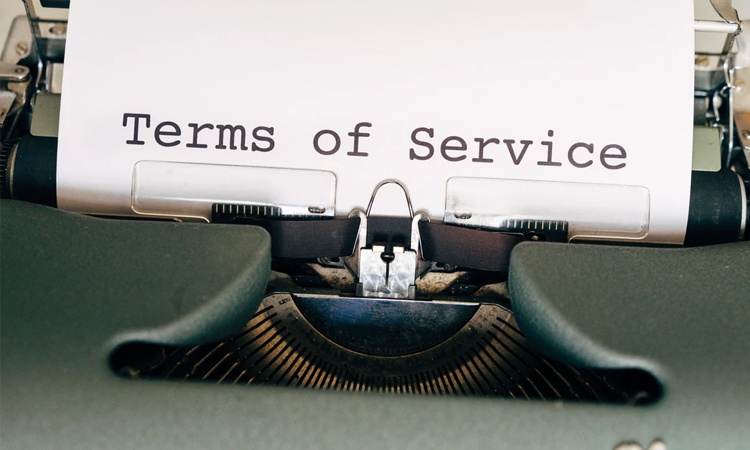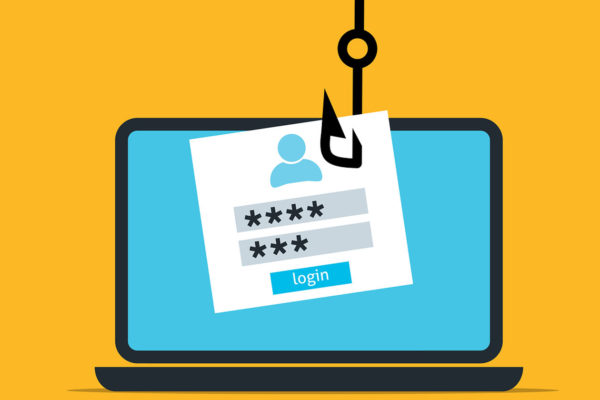
Let’s be honest, creating content is hard work. And facing a copyright infringement isn’t a pleasant experience.
Whether it’s a lengthy video or a short opinion piece, content creators like yourself probably invest a lot of time and effort into creating them. So it’s really important that you learn to protect your work from any potential copyright infringement.
Read on to find out the various ways to protect your online content from copyright infringement.
How Does Copyright Work In Singapore?
In Singapore, copyright protection automatically applies to any content you create, with or without the copyright symbol. You don’t have to register a copyright licence either as there is no copyright registry in Singapore. However, this is provided that the content you created fulfills the following criteria that’s listed by the Copyright Act:
- It must be either literary, dramatic. musical, and or artistic works
- It is in a tangible form
- It is an original work
How Can I Protect My Work From Copyright Infringement?
Even if your online content qualifies for the copyright protection in Singapore, it’s still better to take extra precautions to reduce the risk of any potential intellectual theft.
1. Add a Copyright Notice
Adding a copyright notice in your work does not furnish you with any additional rights. But you should still add one to your work as it notifies people (and potential copyright infringers) that the work is under copyright protection. This will come in handy in any legal situations.
You can do so by adding a short copyright message within your website, which is usually the footer at the bottom.
A copyright message consists of the following parts:
- the © copyright symbol,
- the year when the website or content was created or first made available by you, and
- your name or the name of your company.

2. Create a Terms of Use or Service Page
Likewise, you can still take additional precautions by creating and implementing a Terms of Use page to your site. These pages aren’t exactly required by law, but having one will again, help in any legal situations.
There are many online tools and templates available on the web that you can refer to for guidance. And if you’re using WordPress, you can use a plugin such as Auto Terms of Service and Privacy Policy to generate the pages.
Once you’re done with the page, simply place a link to it right next to your copyright notice.
3. Watermark and Disable Image Hotlinking
You can add watermarks to any original visual media that you have, be it videos, images, or illustrations. Not only will the watermarks deter people from stealing your work, you can also use them to prove your ownership.
Building on the topic of visual content, you should also disable any image hotlinking. This happens when someone else directly links to your files on their website instead of hosting them directly on their web server. That means your bandwidth gradually gets eaten up every time an individual visits a website with hotlinks to your content.
To prevent this, you can opt for any WordPress plugins that offer hotlink protection such as All In One WP Security, or enable hotlinking protection on your CDN and or the control panel settings.
4. Disable Right-Click Mechanism
Disabling the right-click mechanism is another way to protect your own work. While not entirely effectively, disabling this function will make it more difficult for users to steal your content. Users will not be able to download, copy and or paste the work elsewhere.
Keep in mind that this will most likely affect the user experience of your site as other functions, such as the opening of new tabs or windows, will be disabled as well.
Likewise, there are also plugins that can disable the function such as WP Content Copy Protection & No Right Click.
Keep Your Site Safe From Copyright Infringement
Remember, your online content, if eligible, is rightfully copyrighted and protected as intellectual property under the Copyright Act in Singapore.
Hopefully, this article have helped you learn how to properly protect your online content from copyright infringers.
Having spent so much time producing your content, you should invest the time and effort into protecting your online assets, like installing an SSL certificate on your site.
Note: The content presented in this article is for educational purposes only and should not be construed as legal advice.




